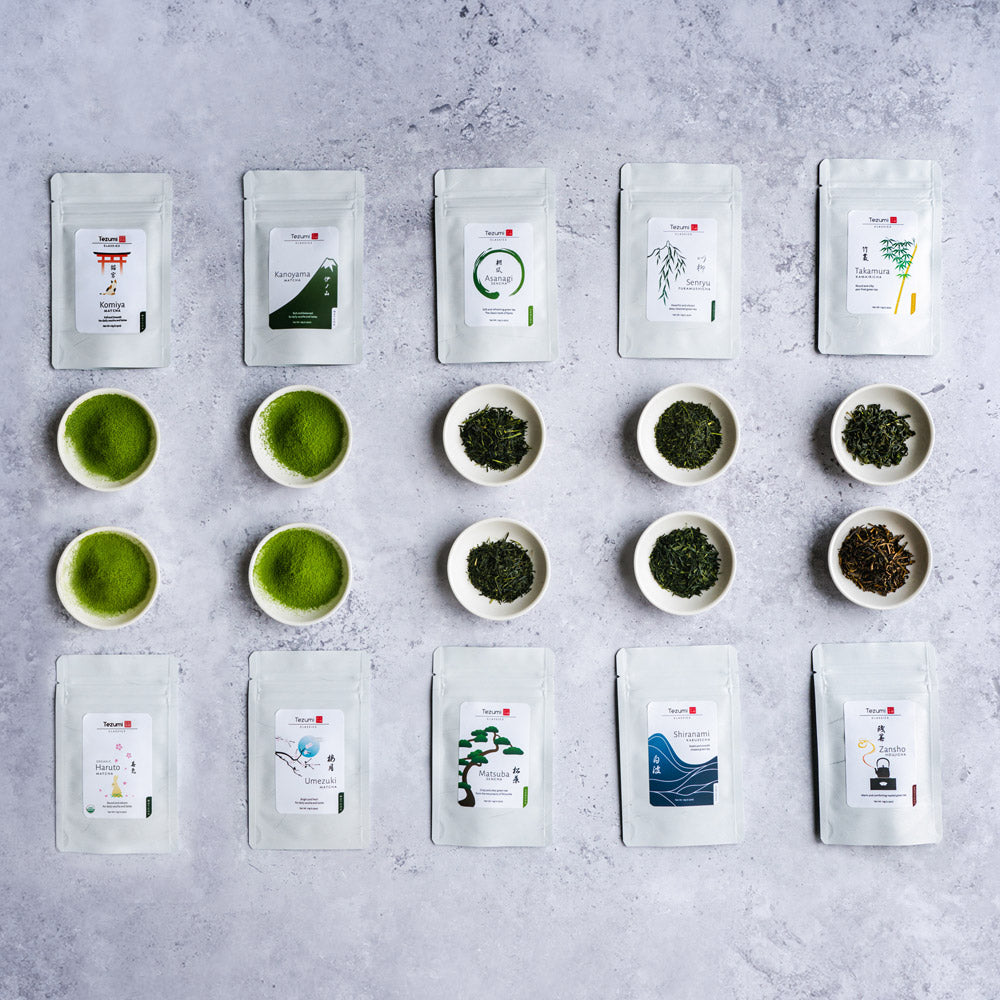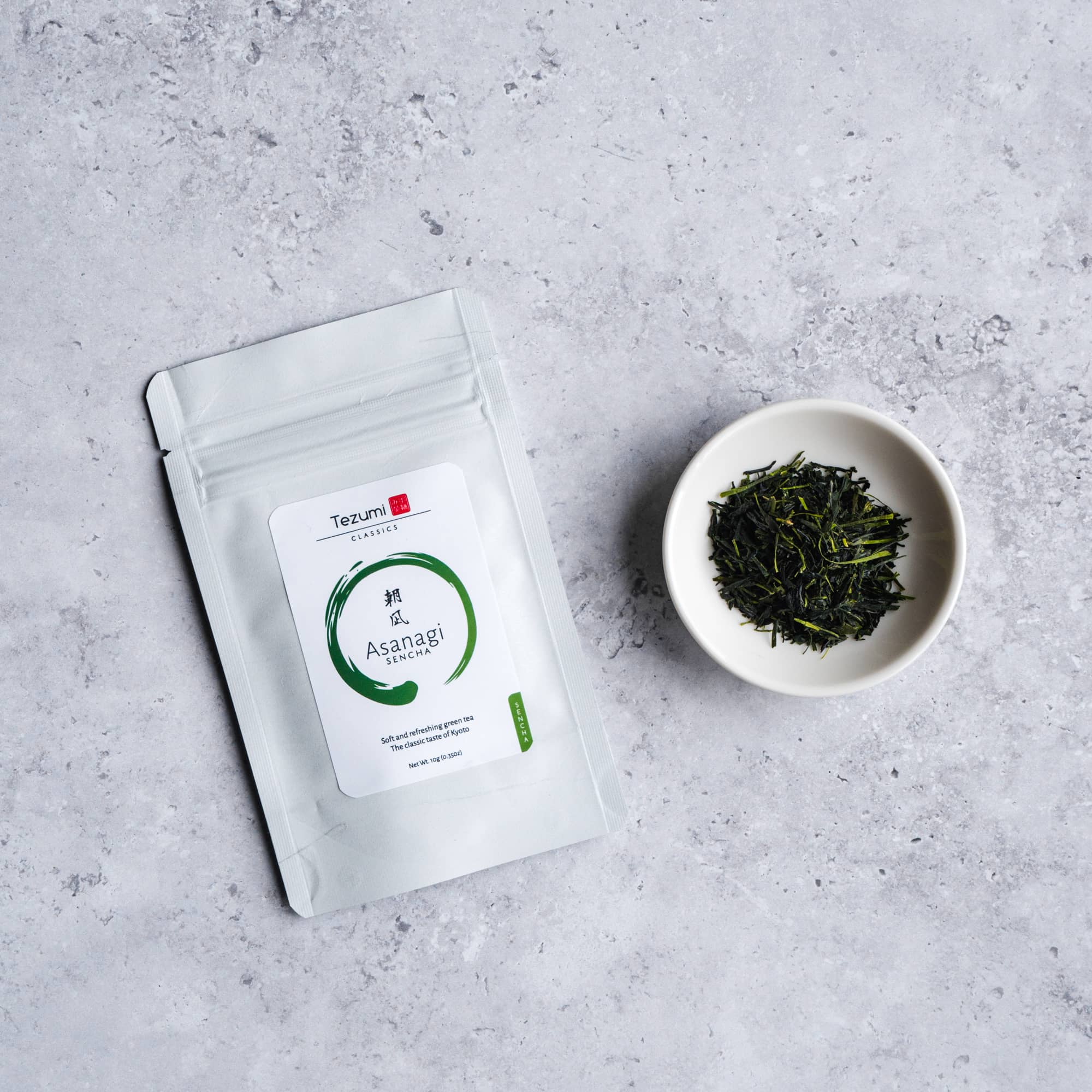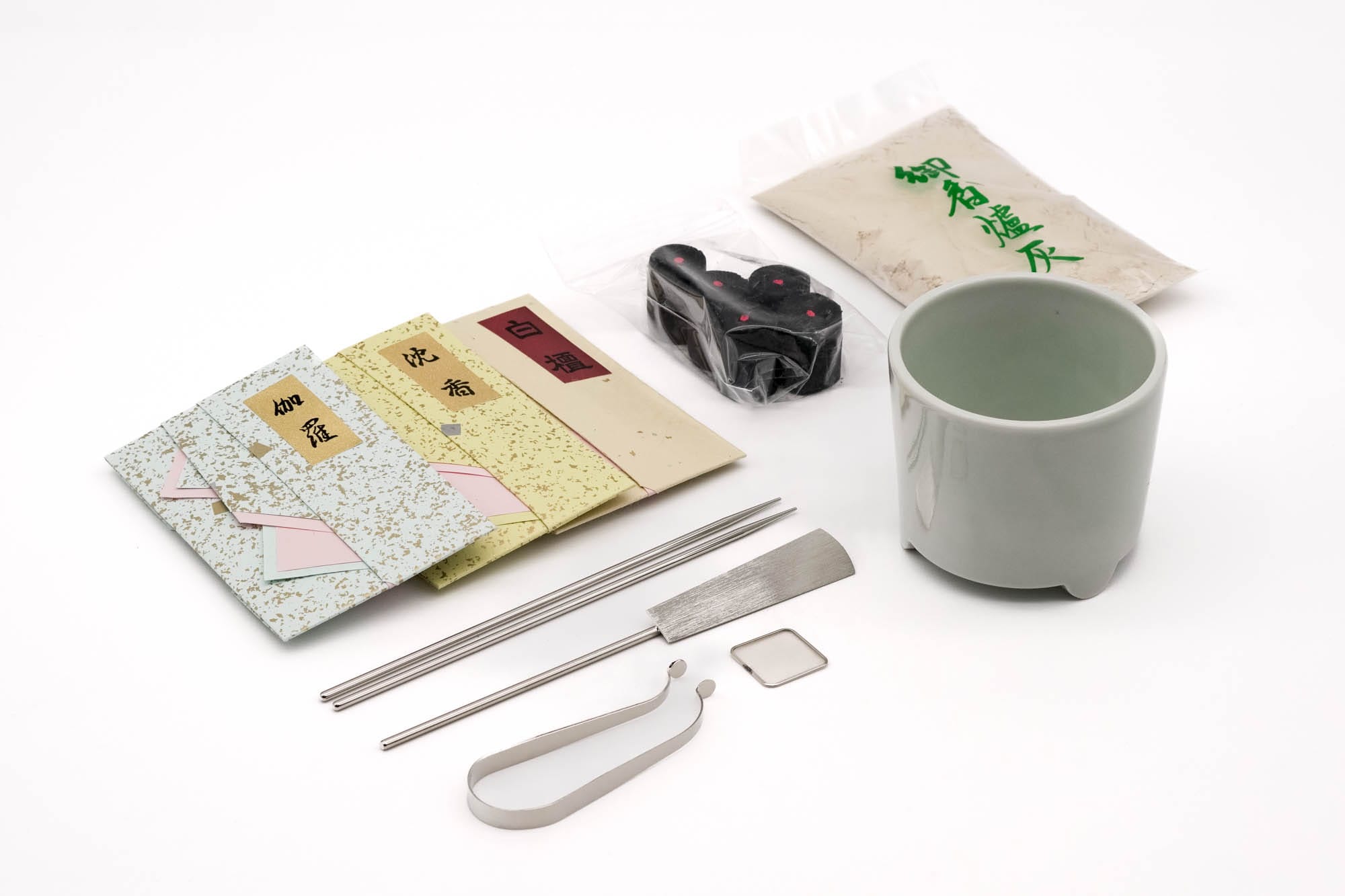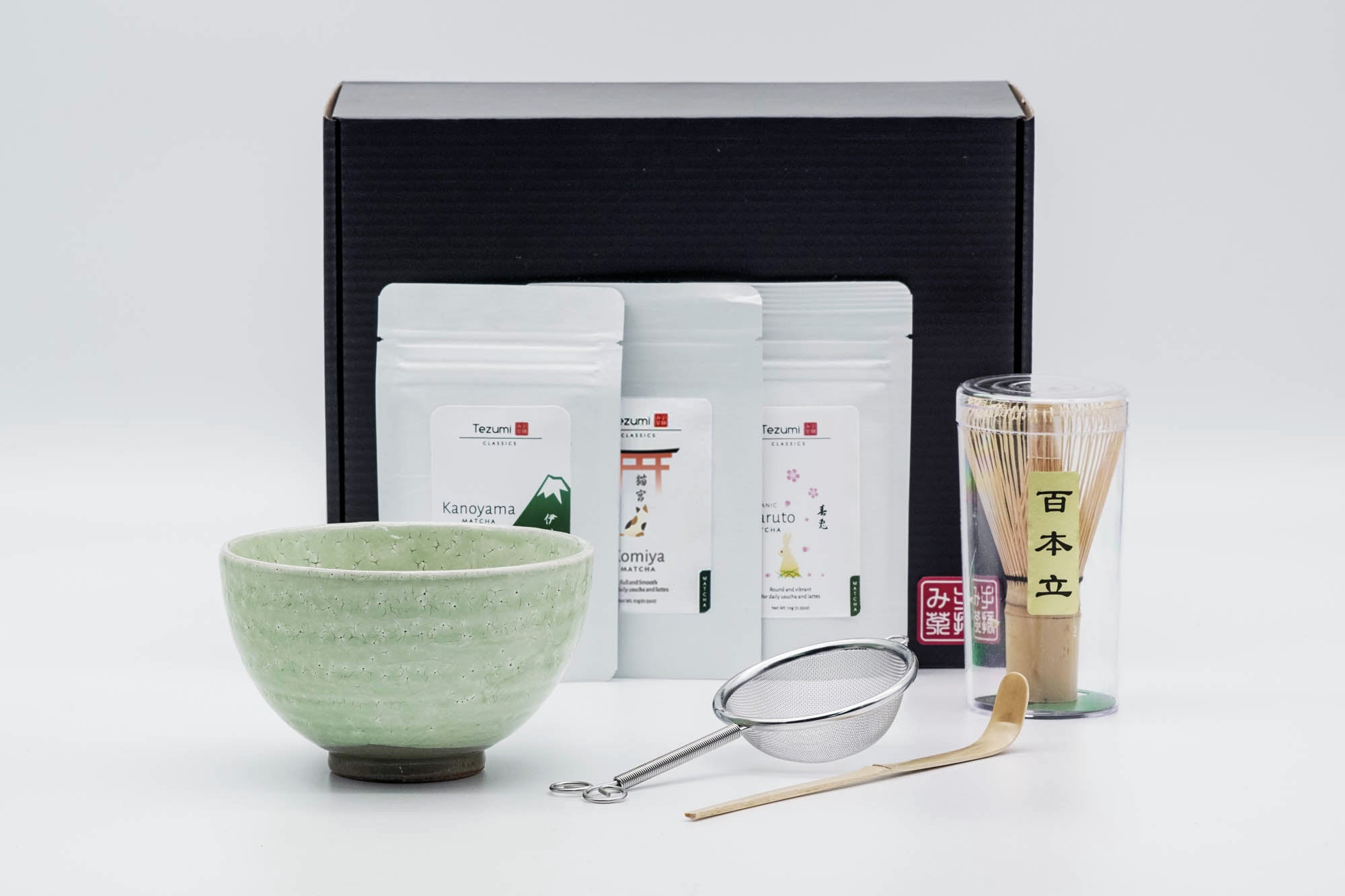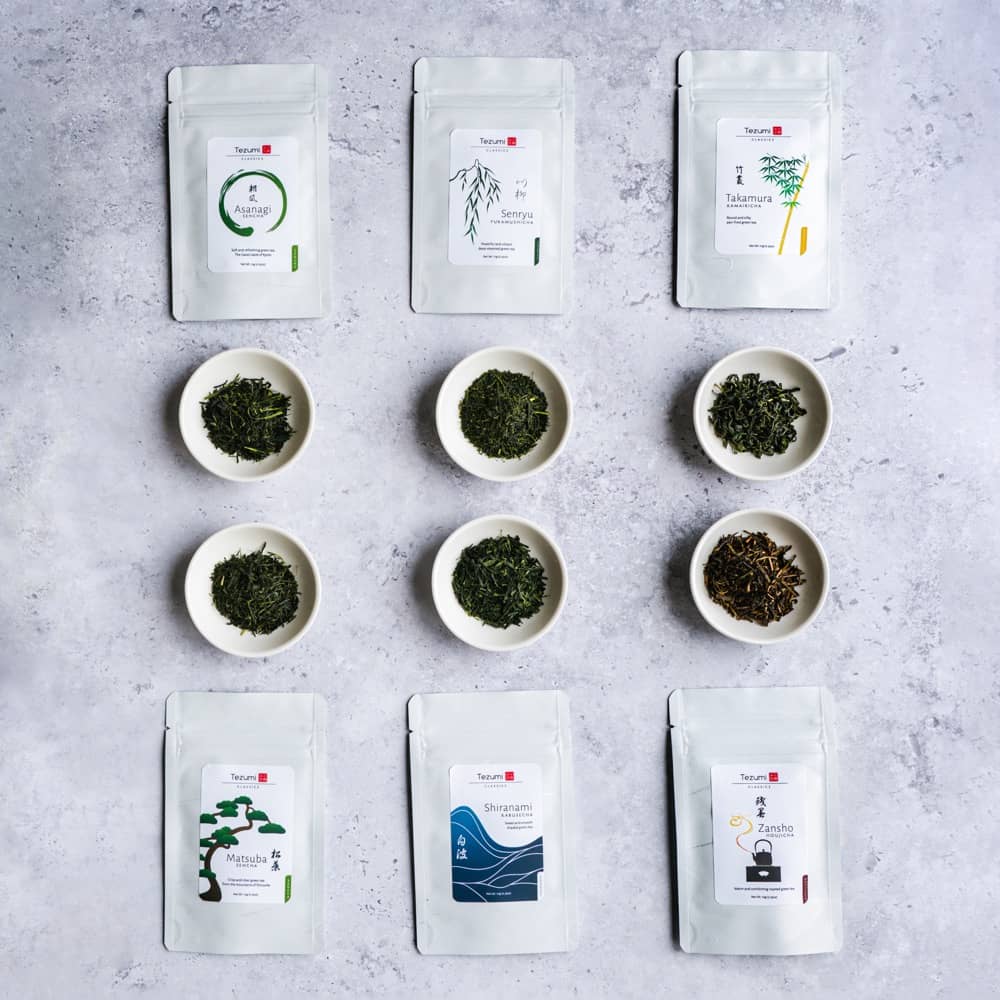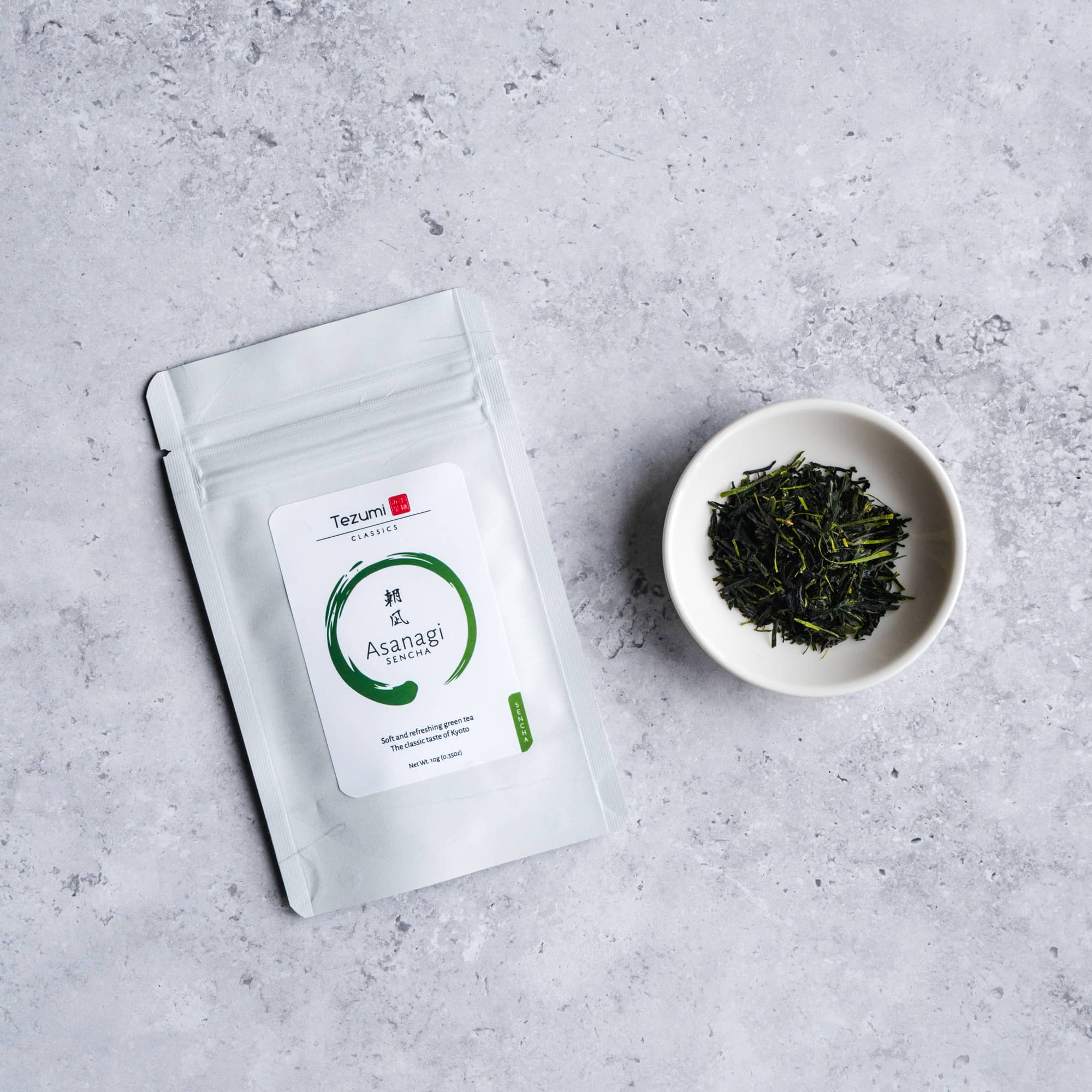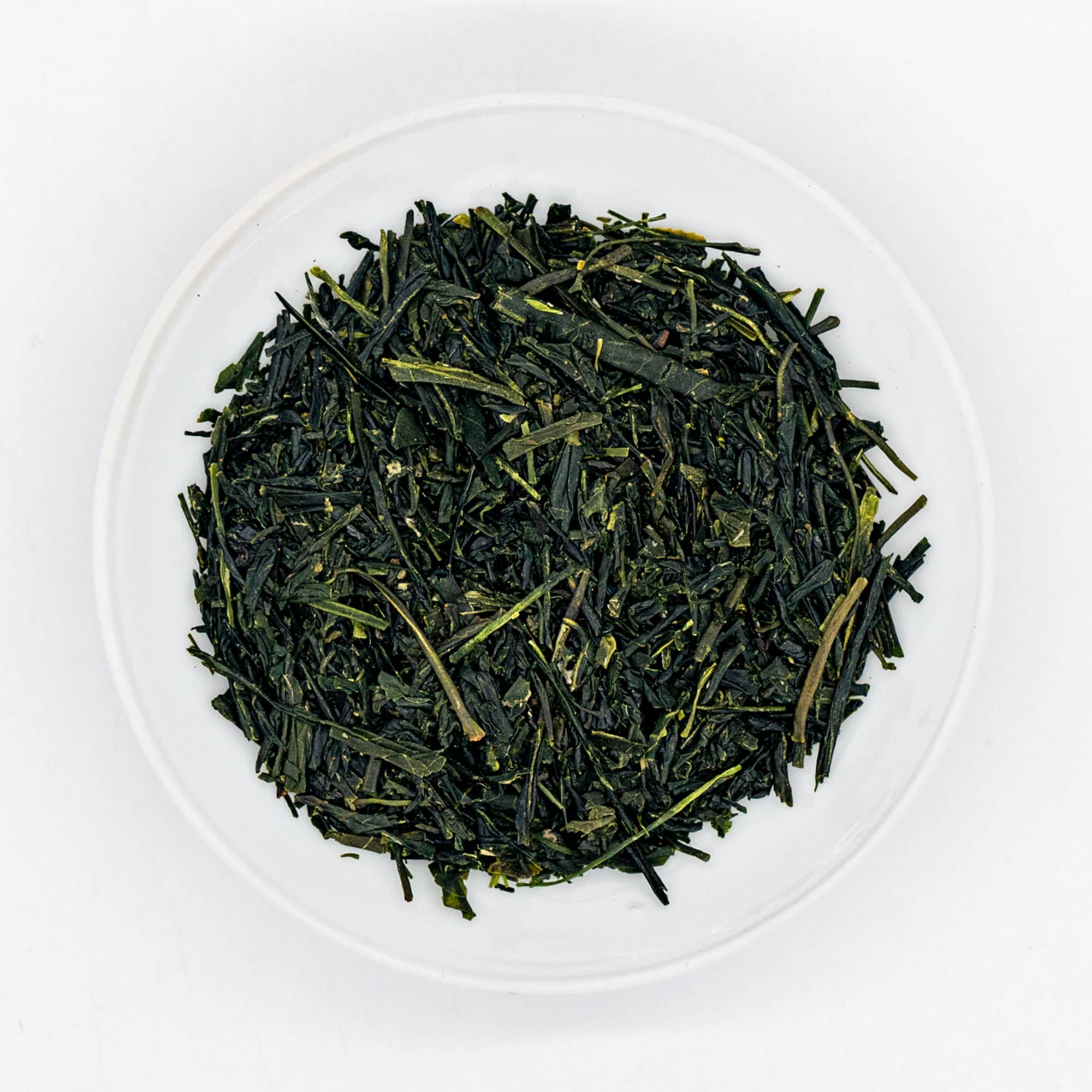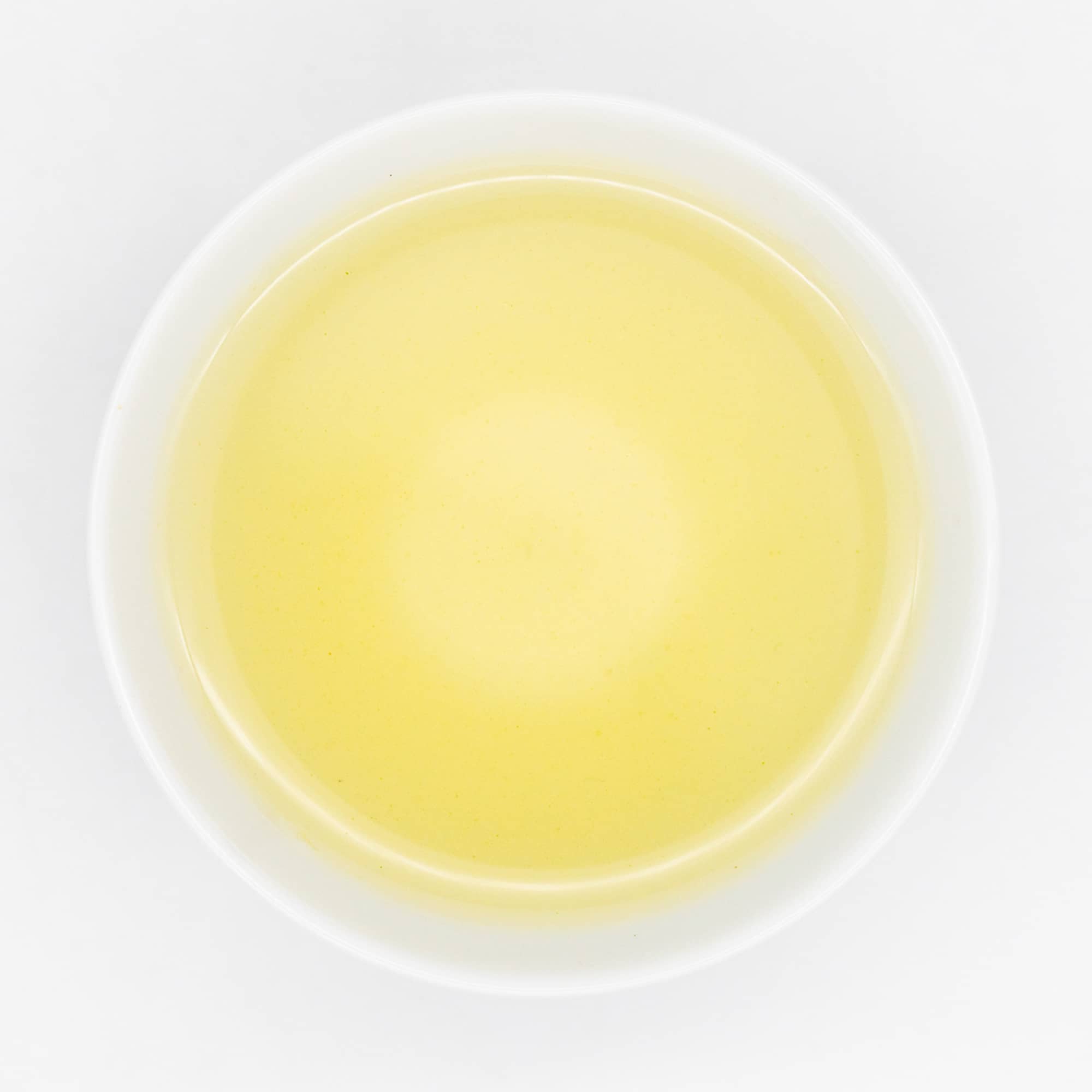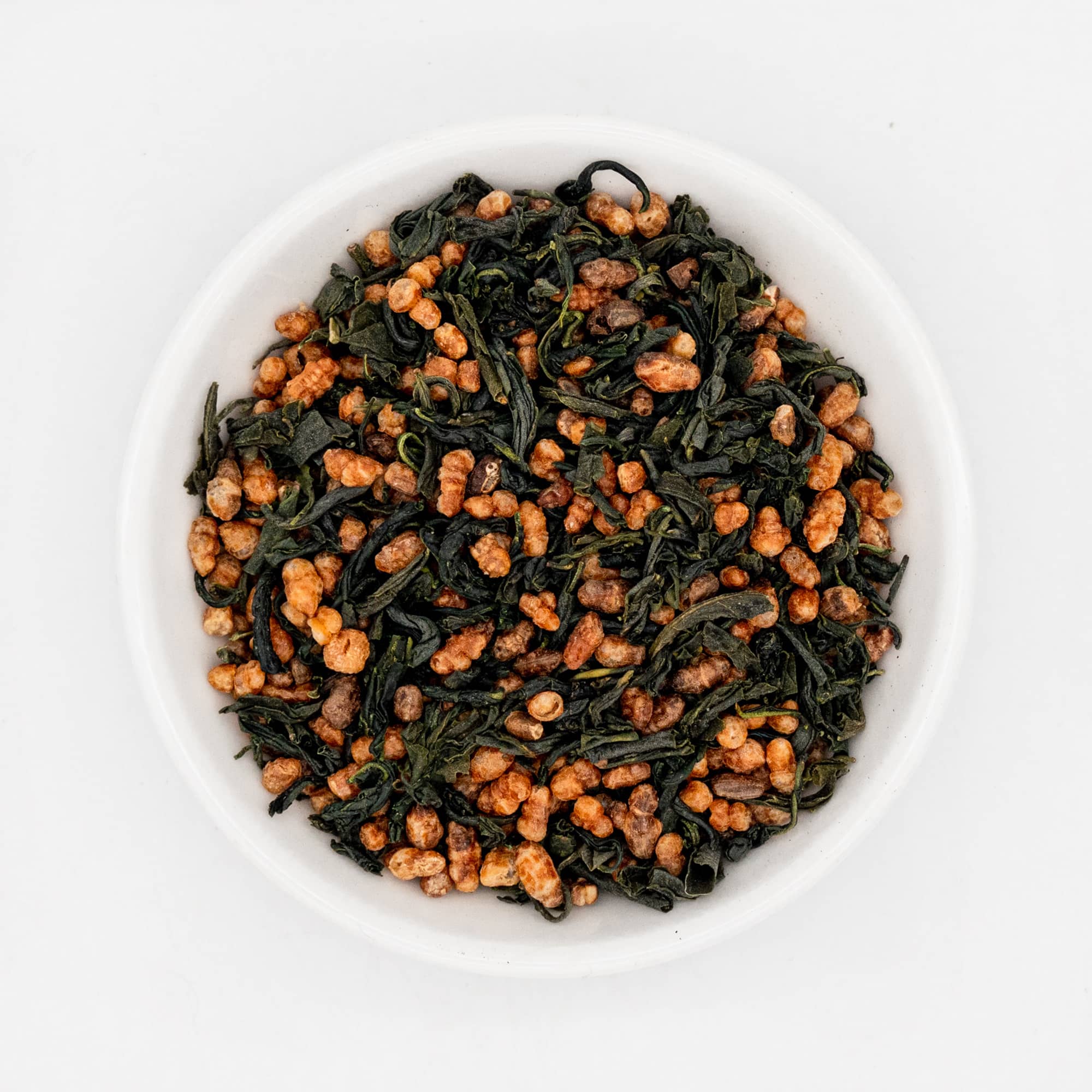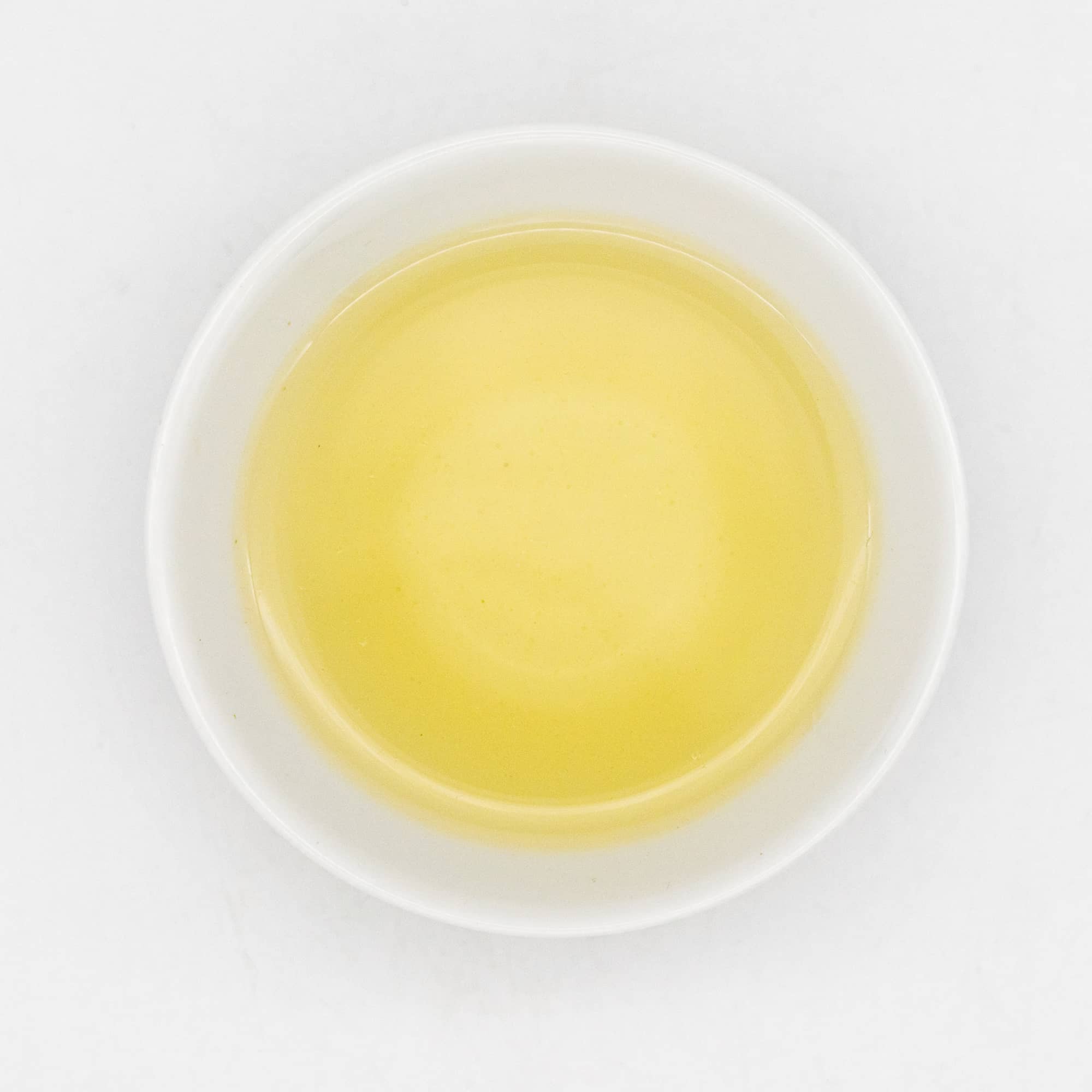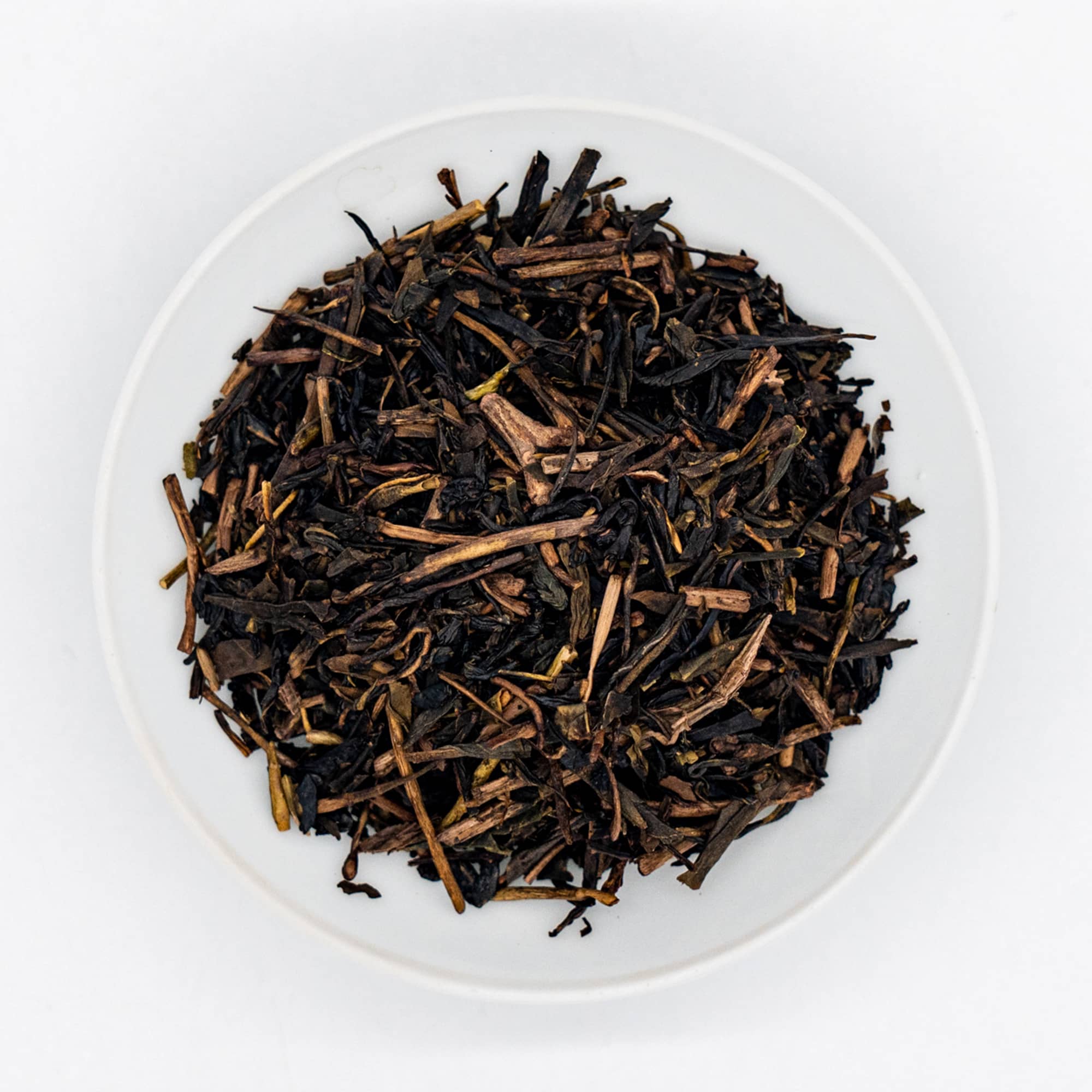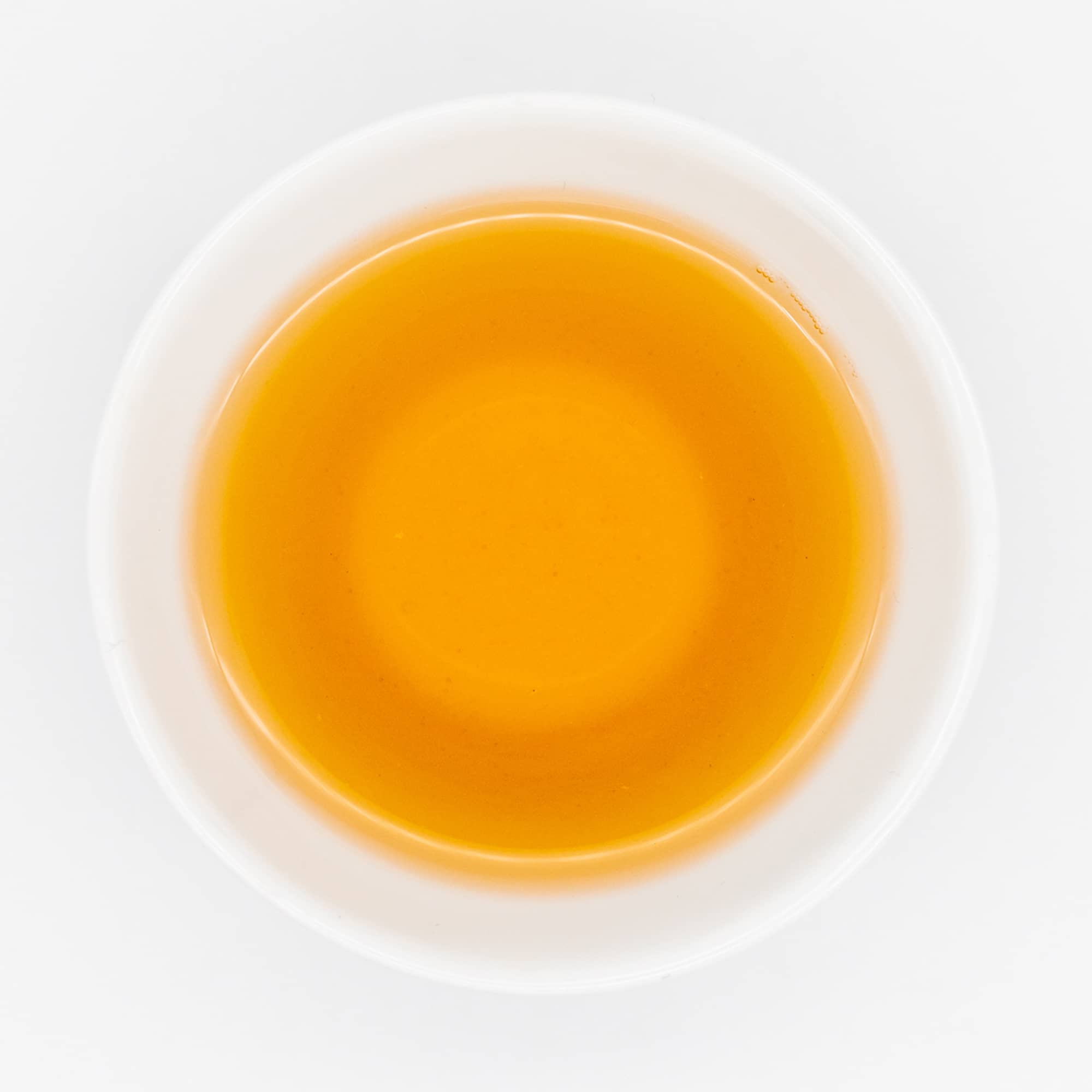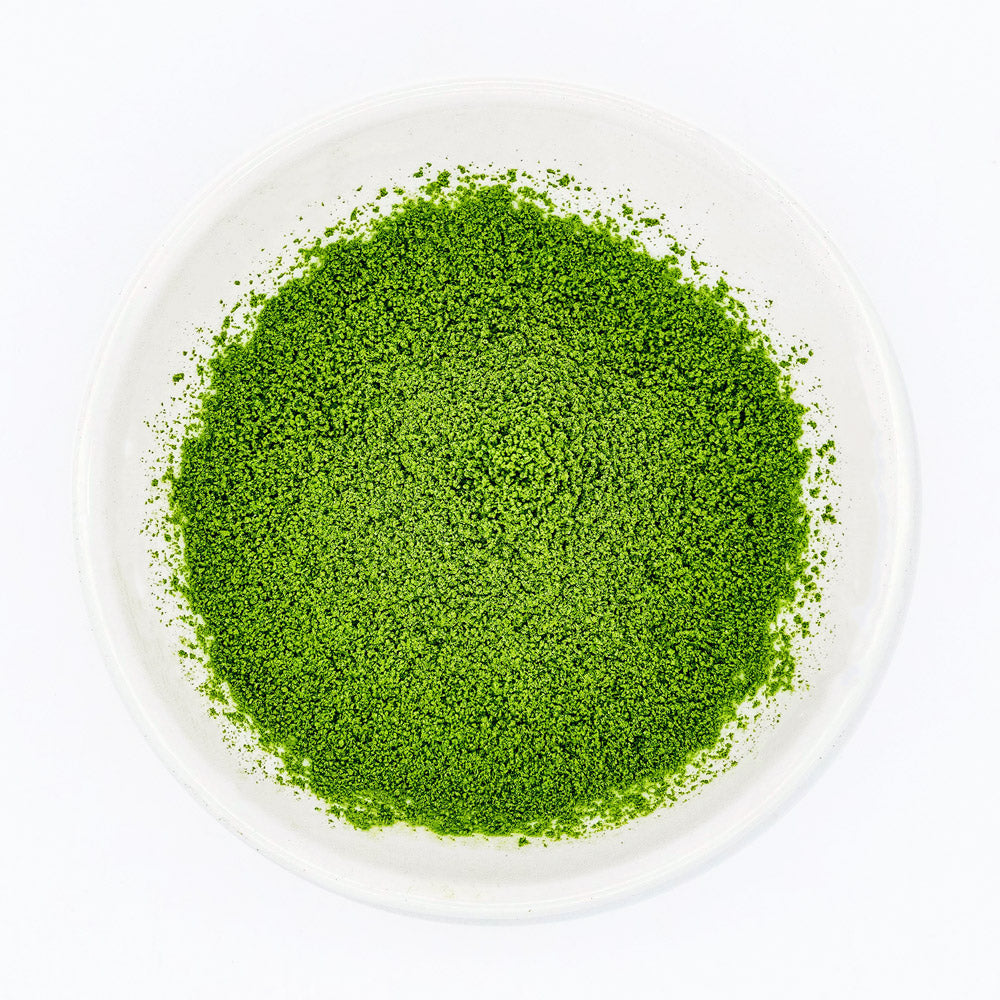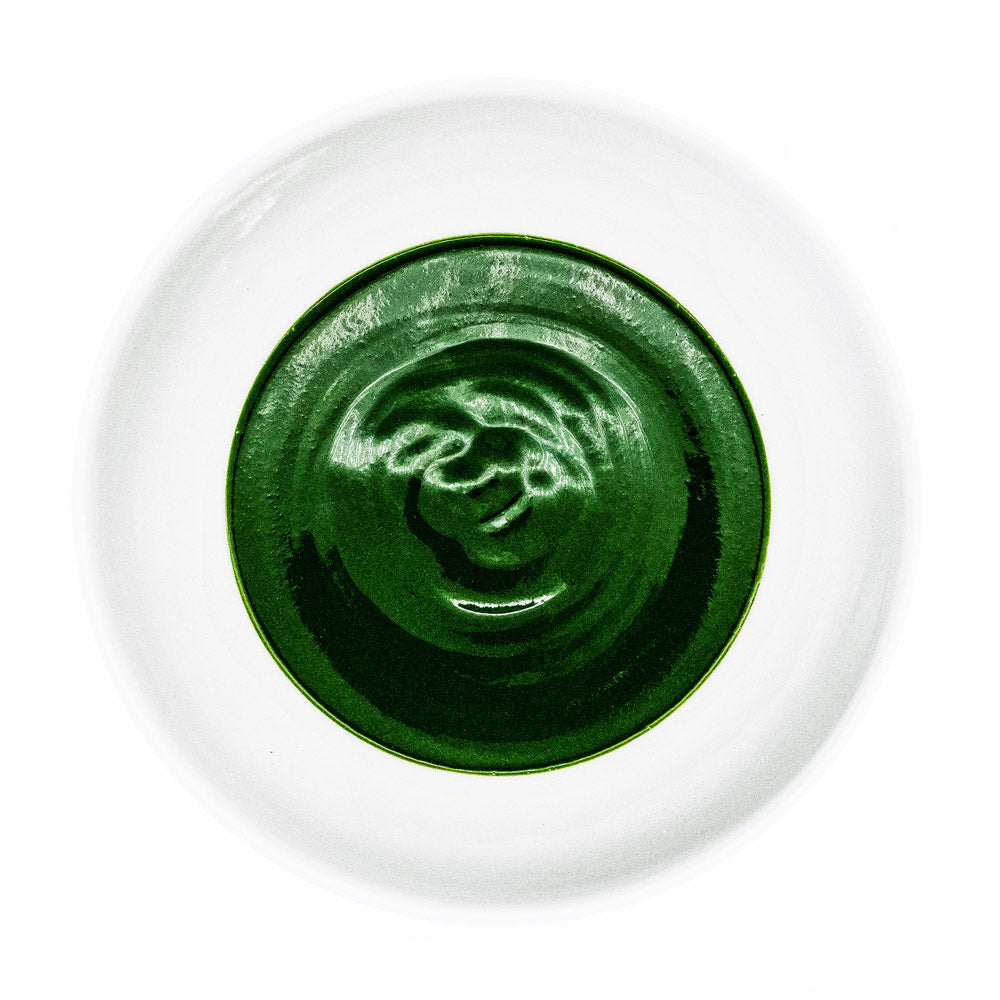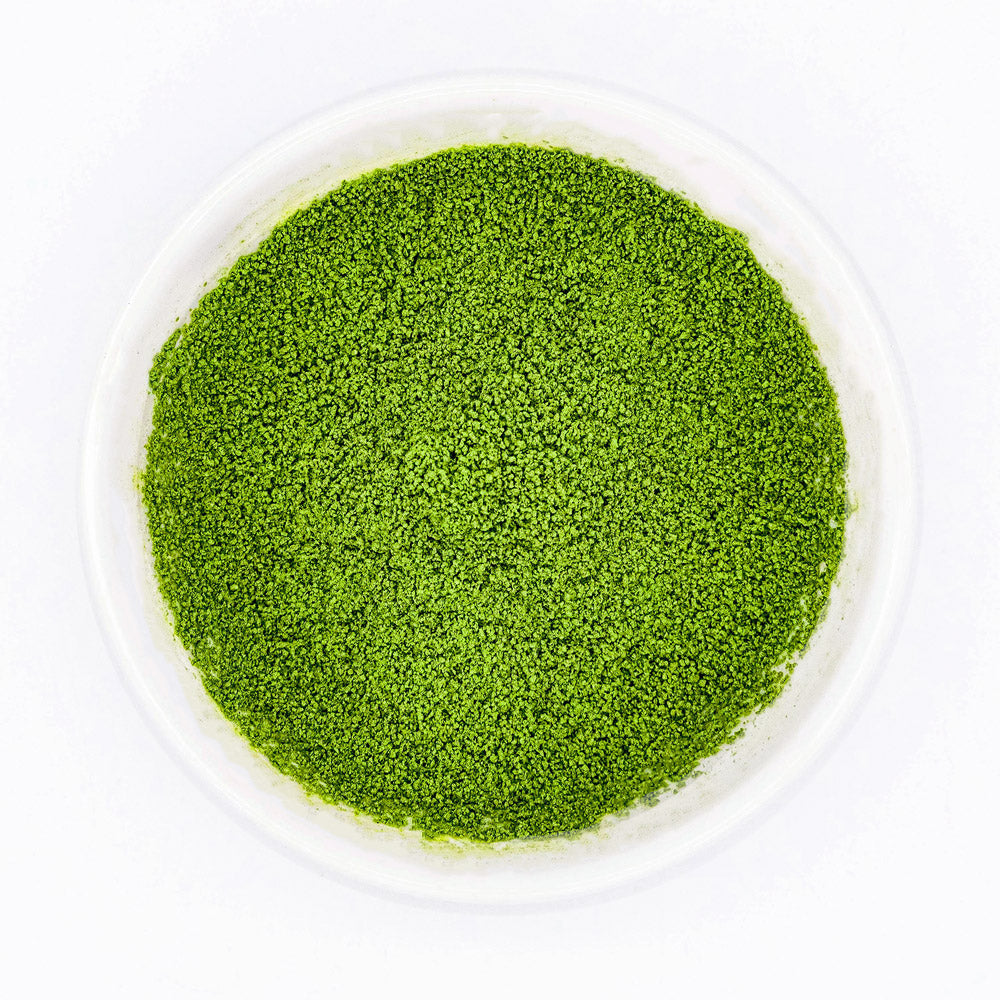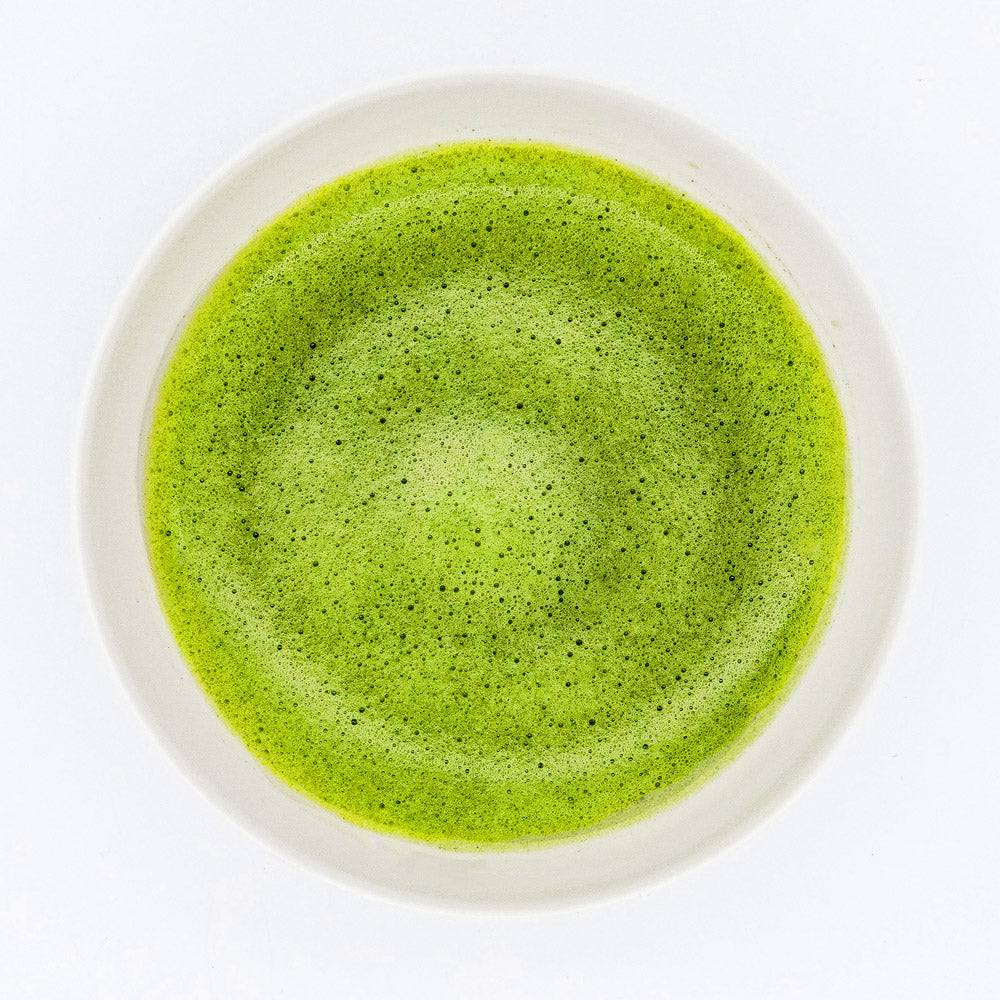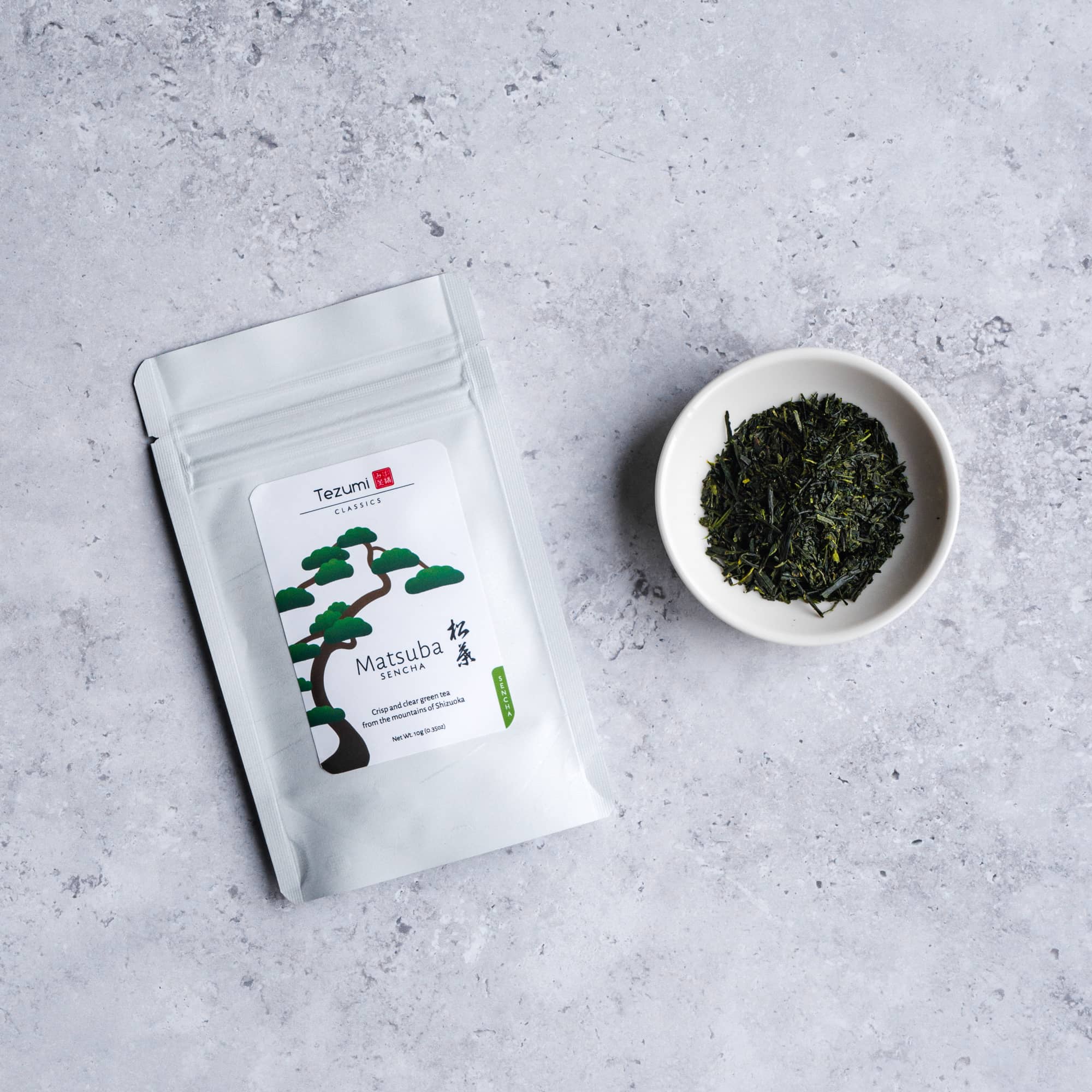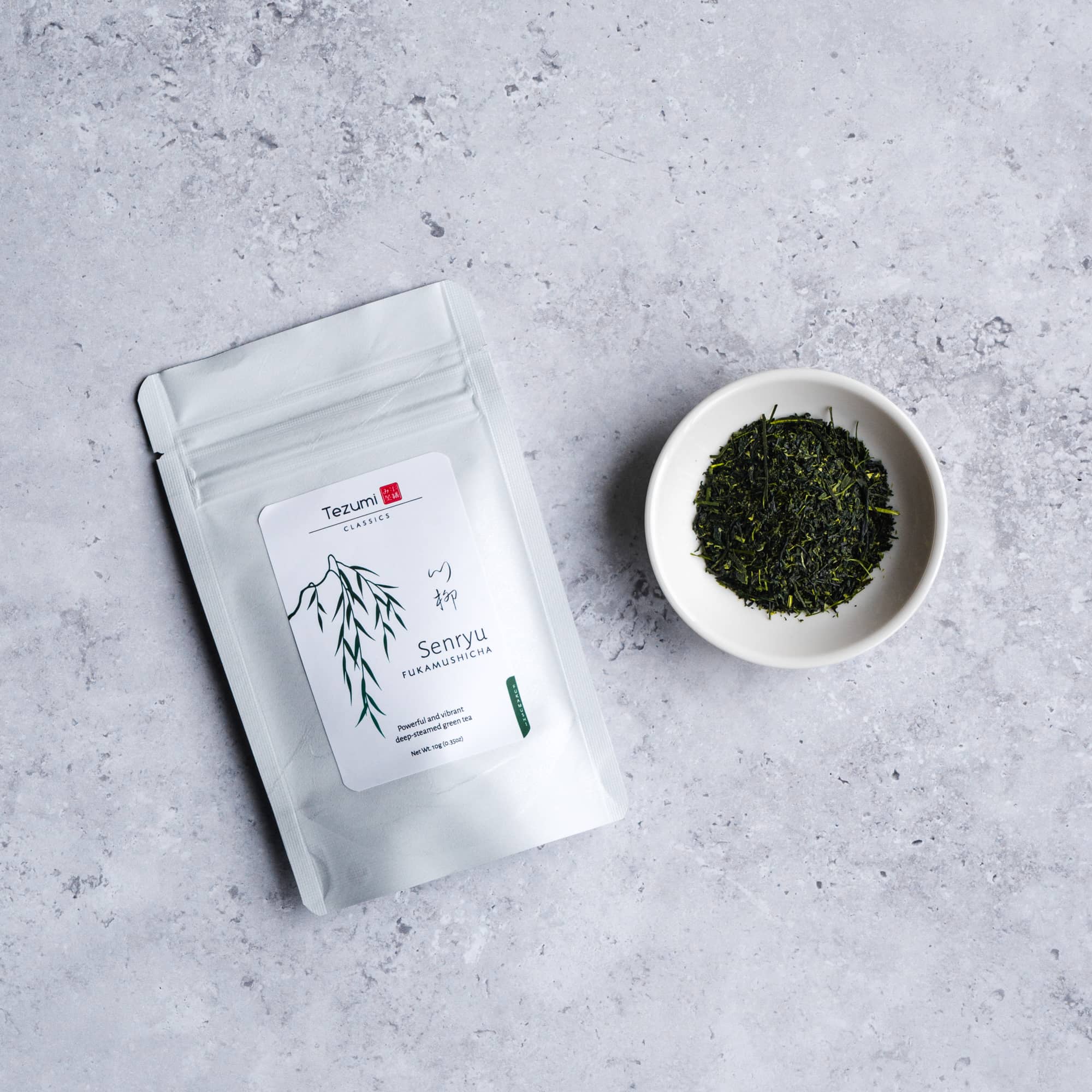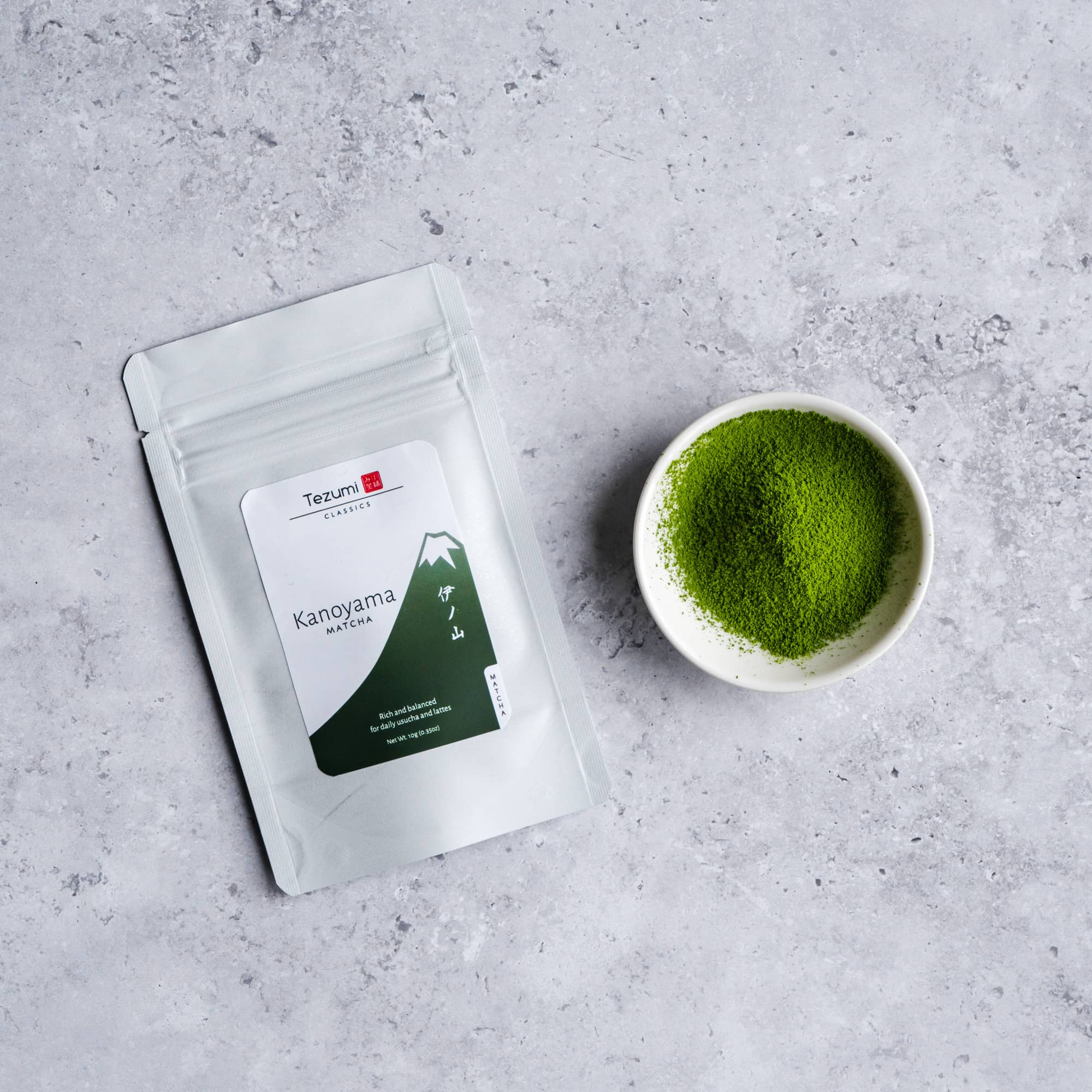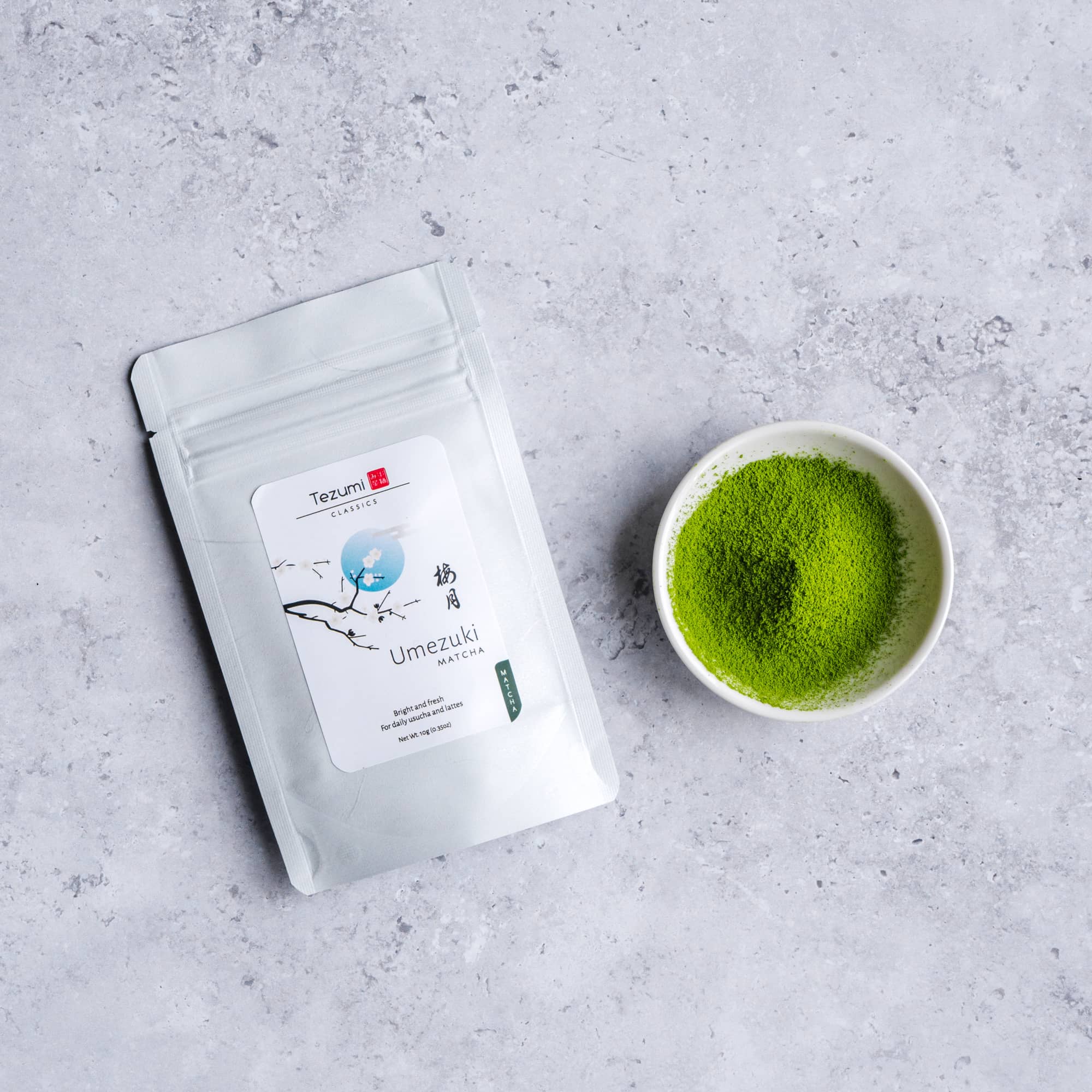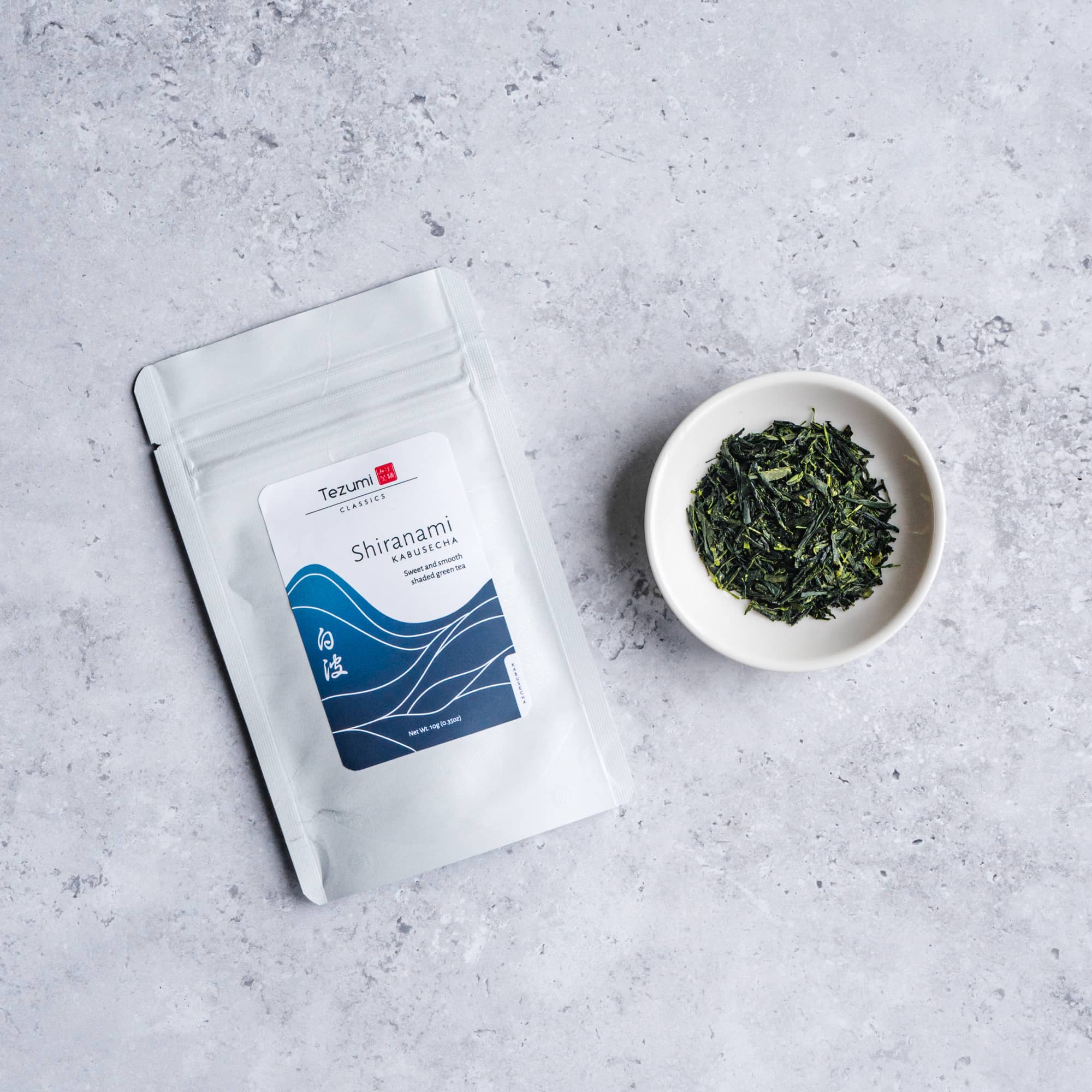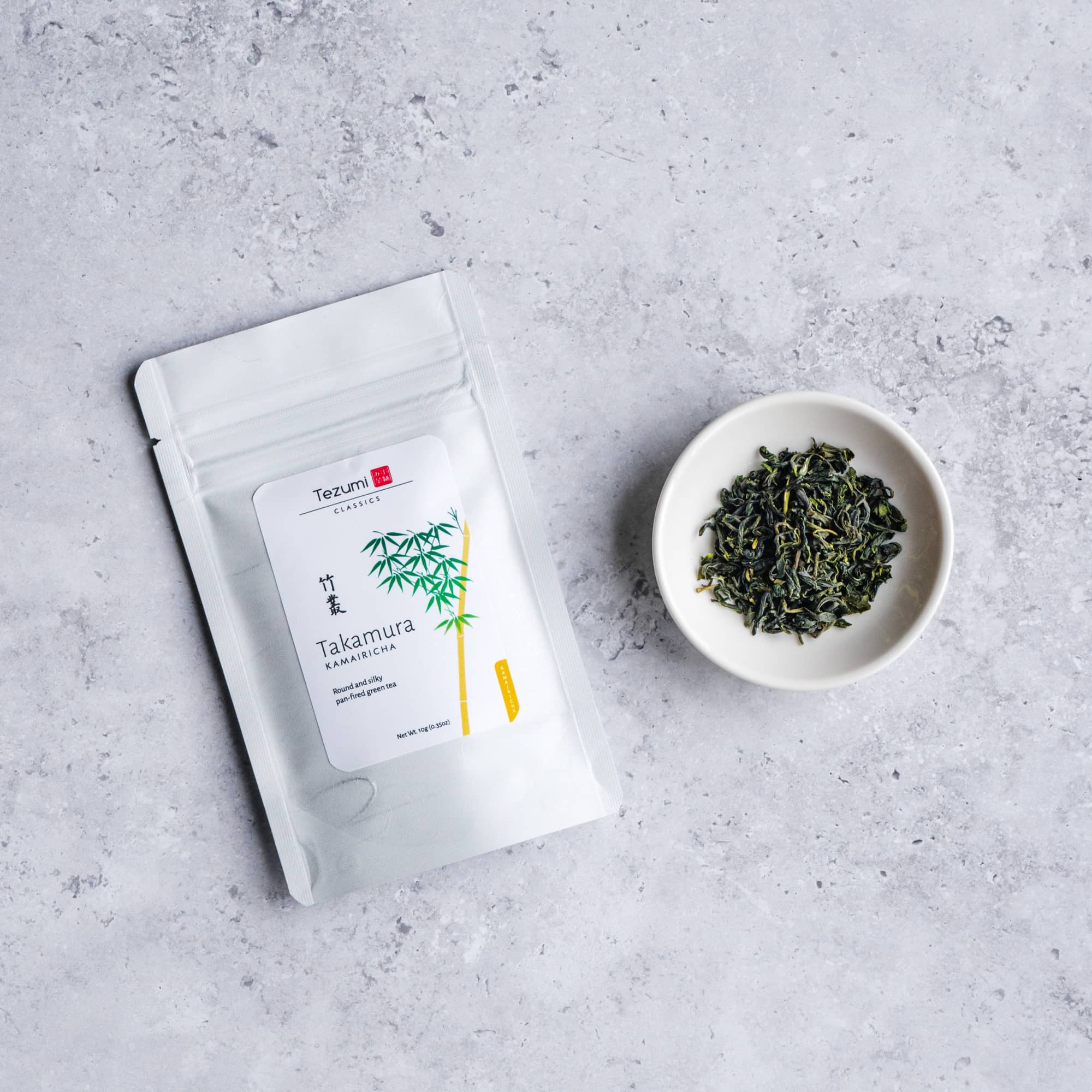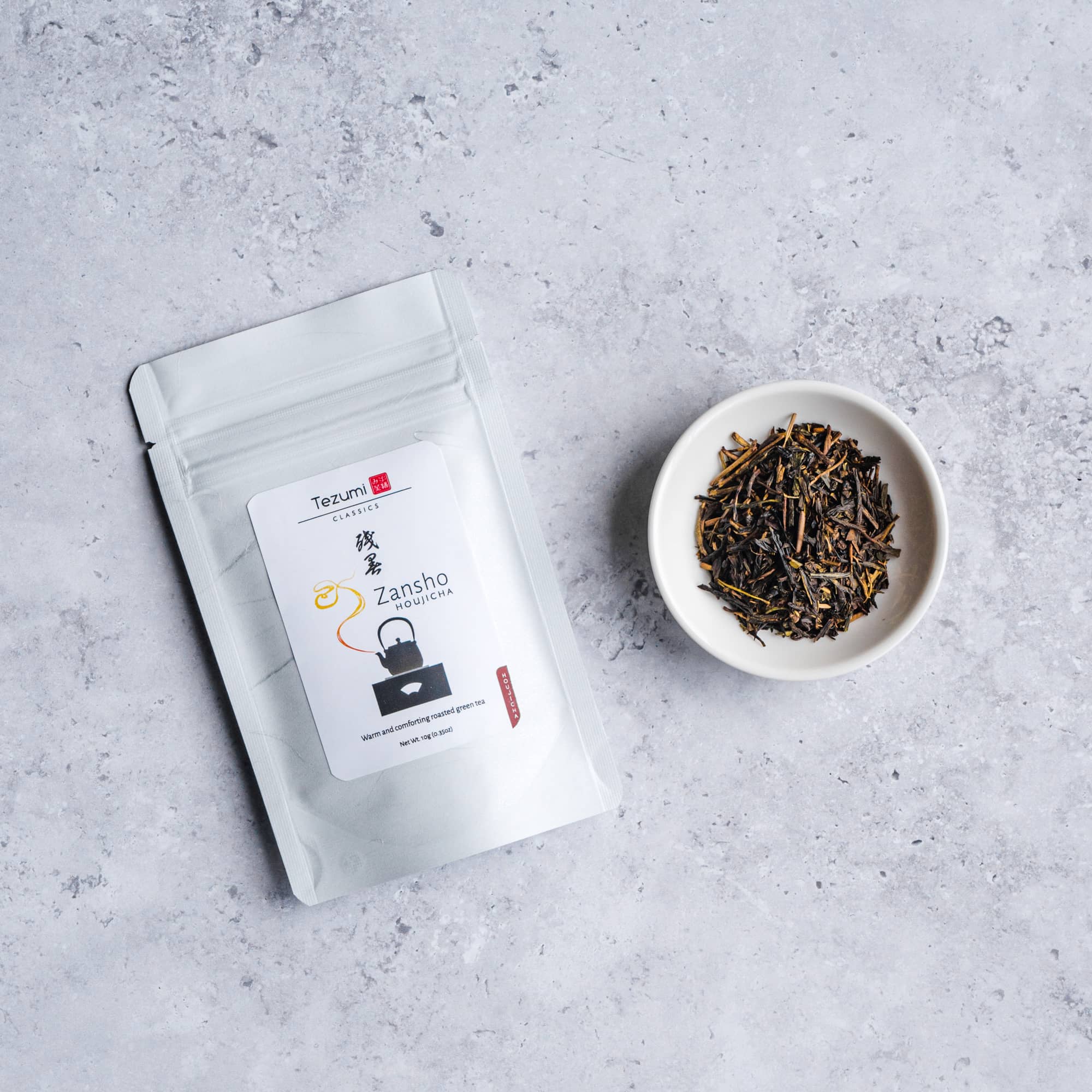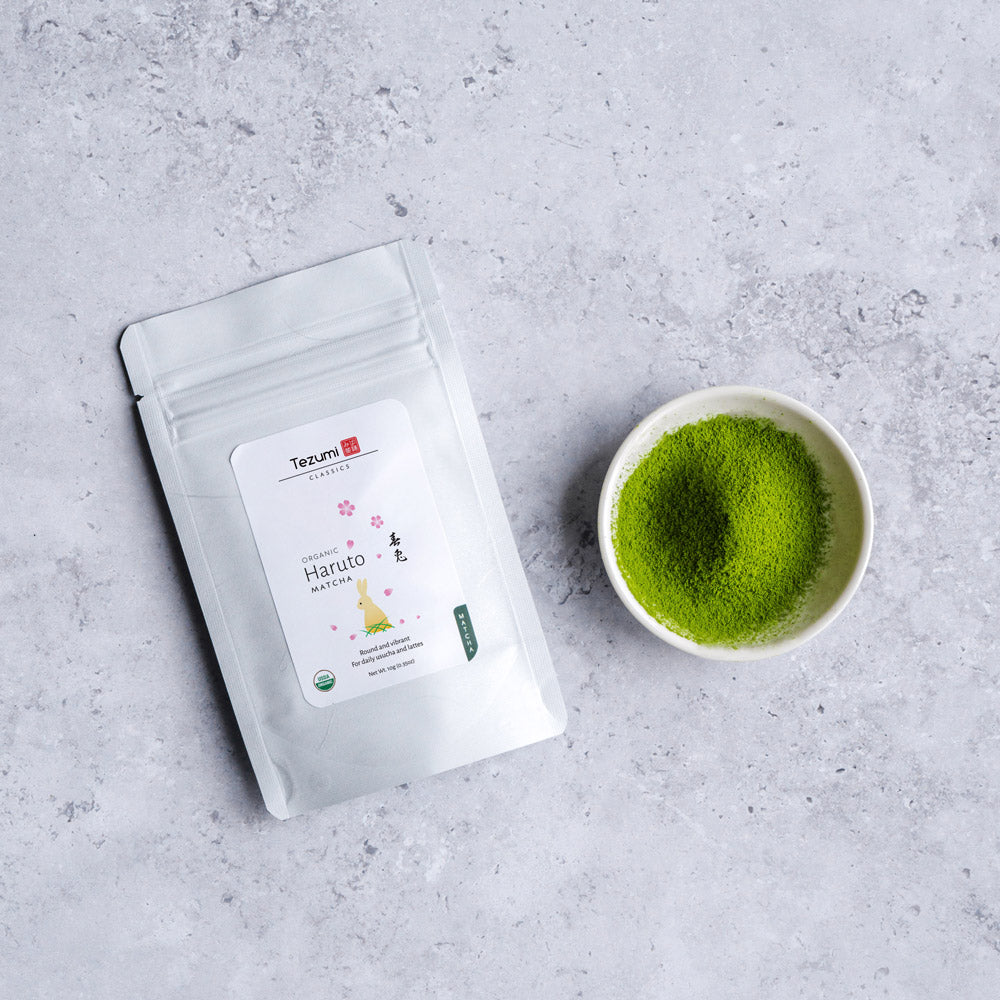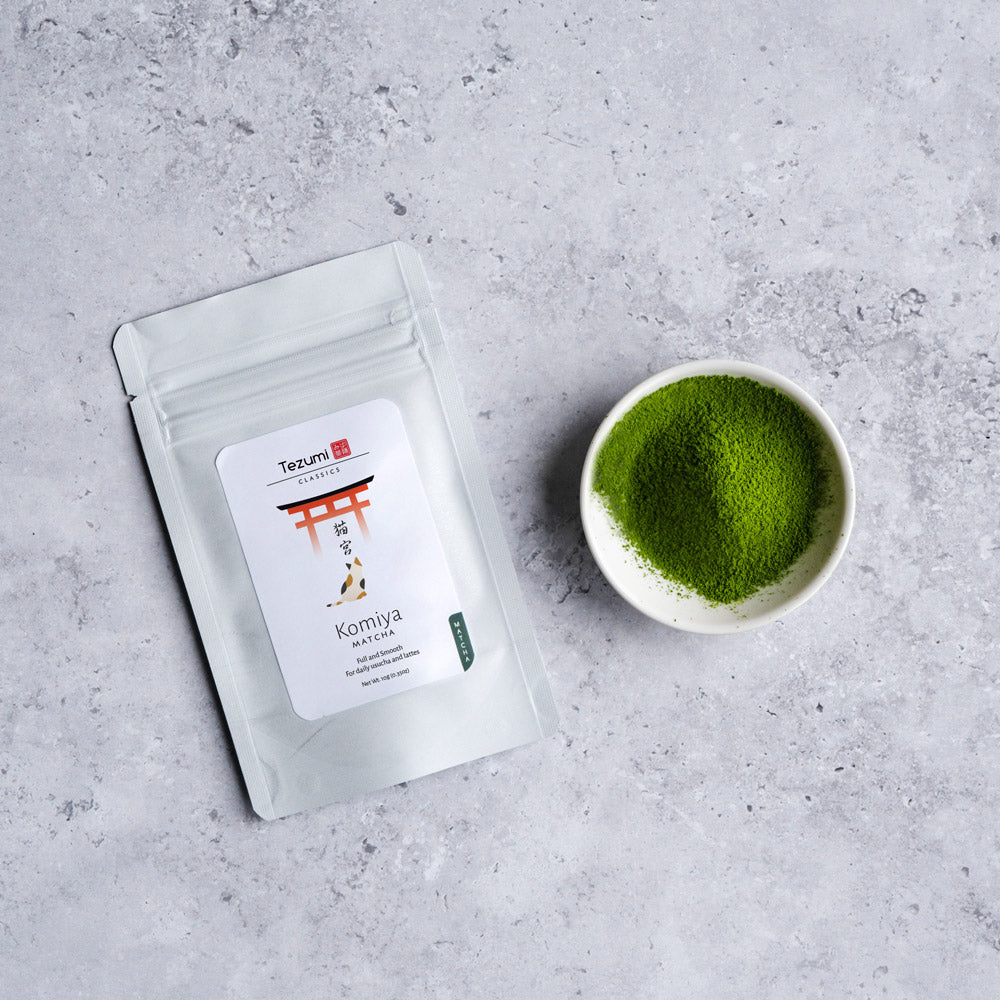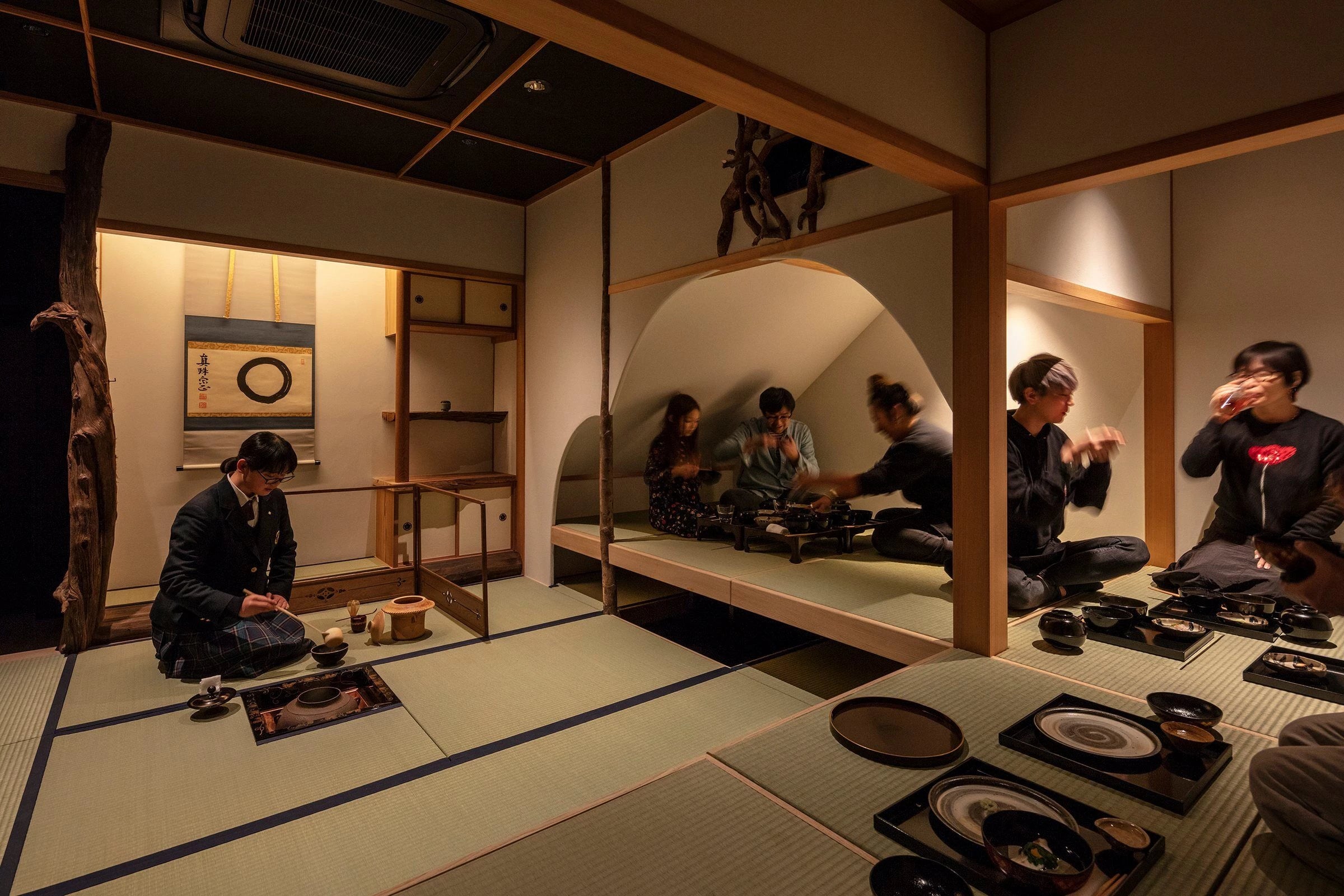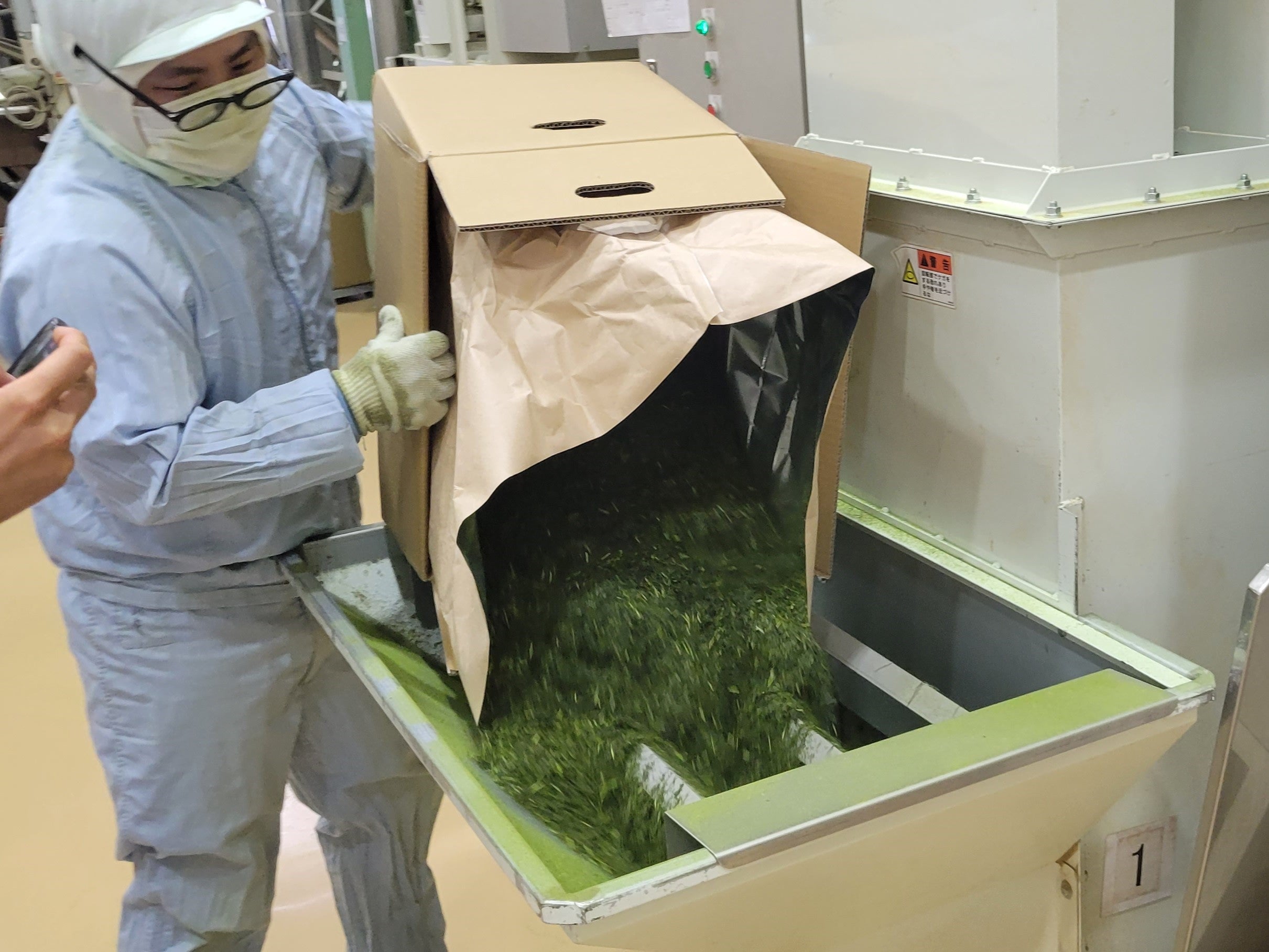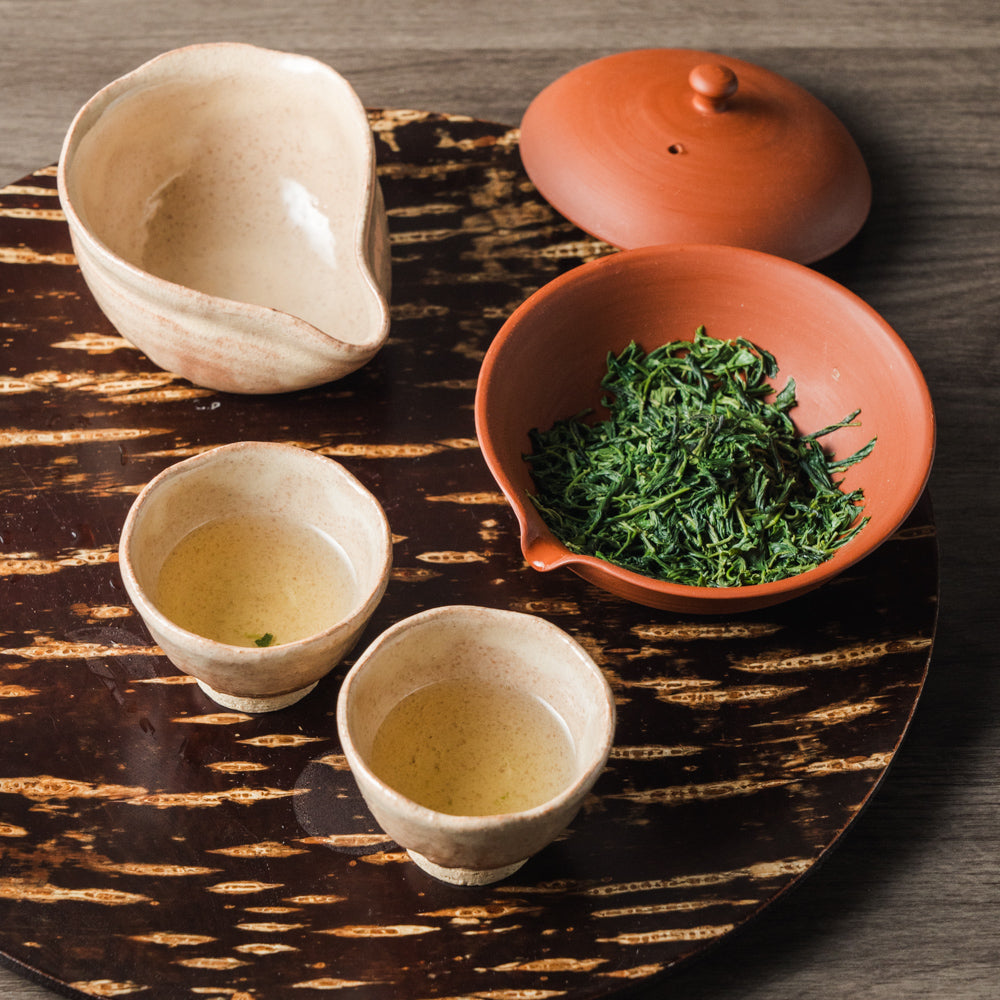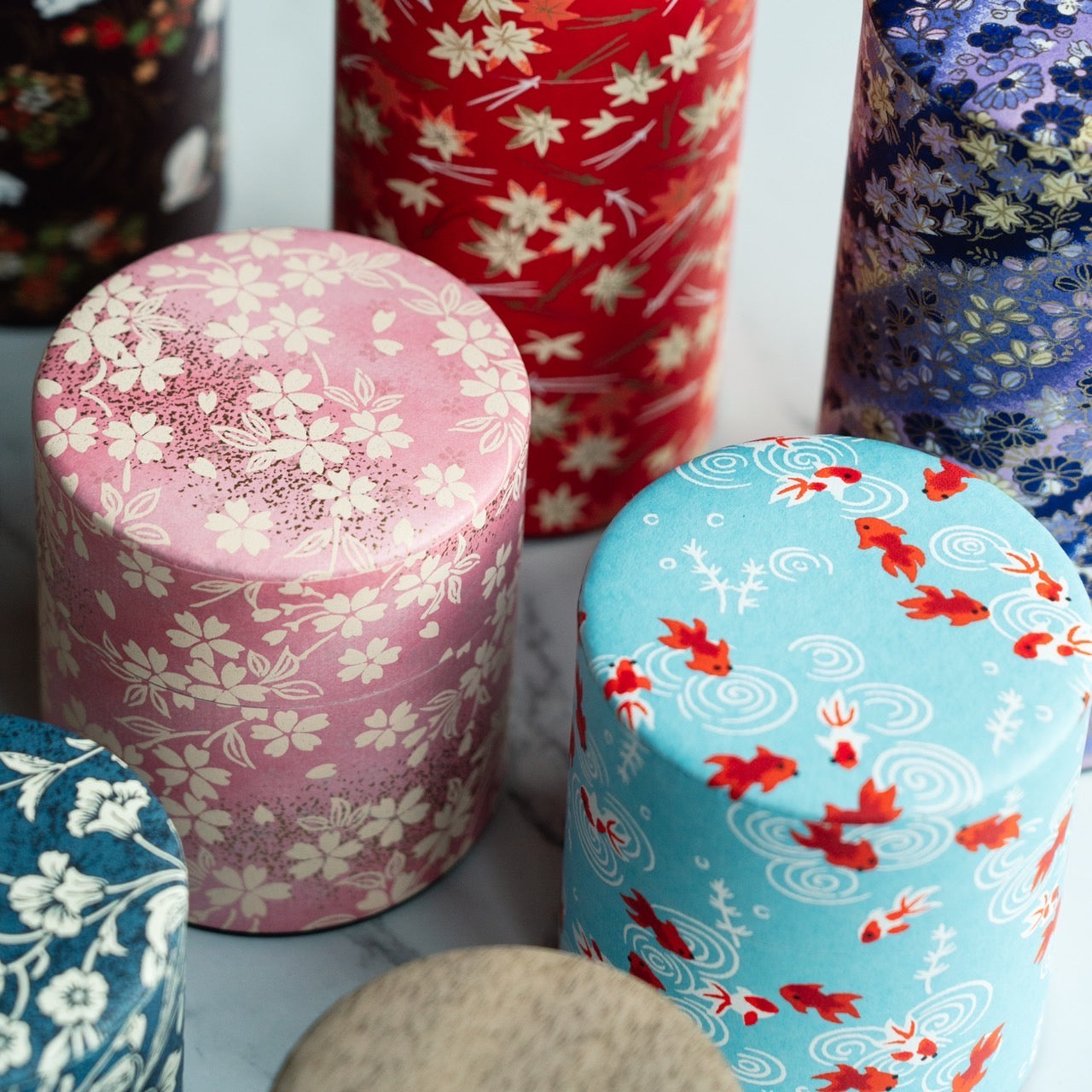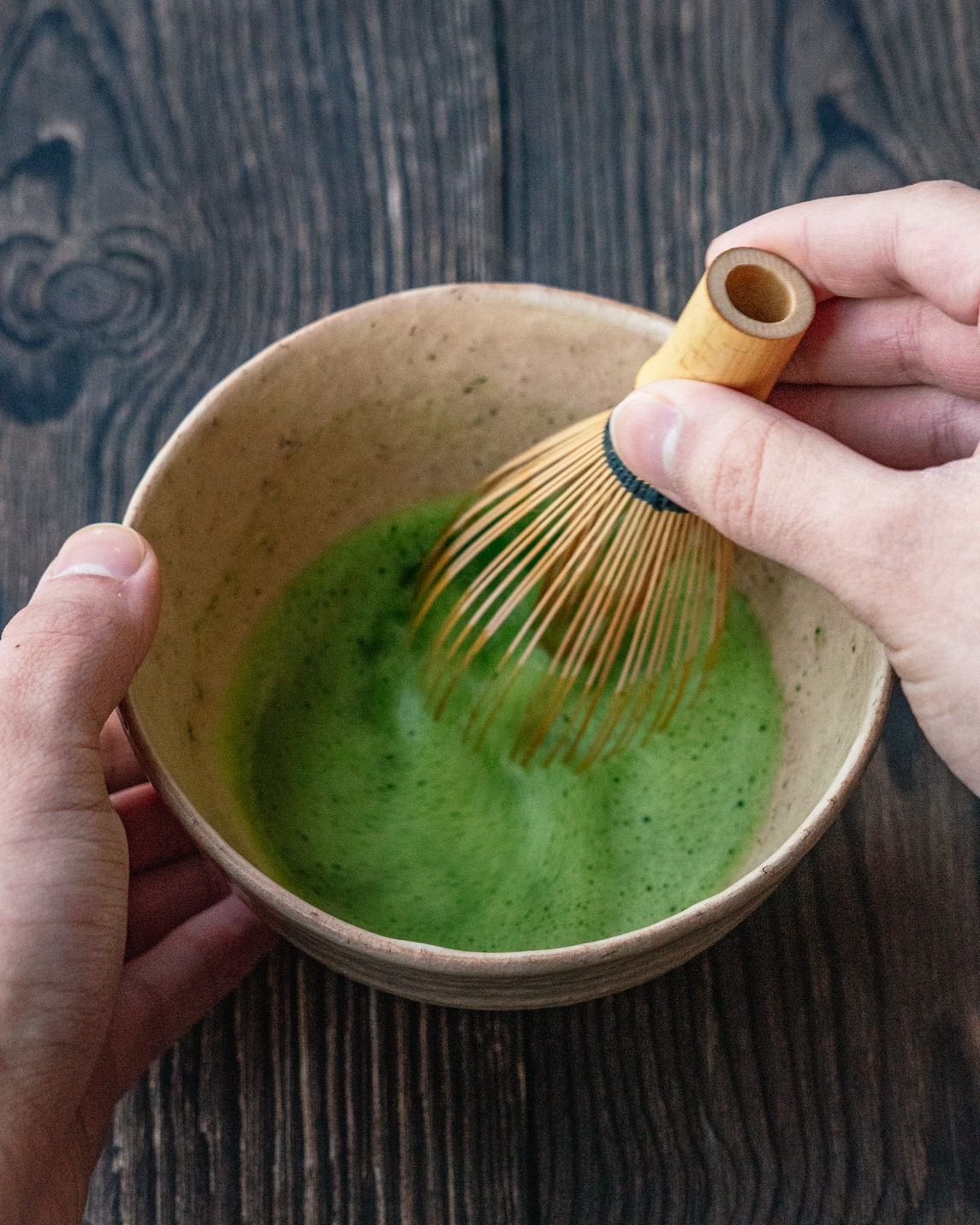This beautiful Karatsu-yaki Ido chawan (matcha bowl) is made in the Ao-ido (青井戸 - blue Ido) style, and as such features a colder blue-tinged beige glaze and a straight conical shape that extends linearly from the shorter bamboo node-shaped foot (竹の節高台 - takenofushi koudai). Like most great Ido chawan, this bowl has a subtle spiraled shape with gentle rokurome (ろくろ目 - potters' wheel marks) which shows the flow of the potter's fingers as they shaped the piece on the wheel, and also exhibits beautiful glaze crawling called 'kairagi' (かいらぎ/梅花皮 - plum flower texture) on and around its foot. This unique glaze texture is highly praised among Ido chawan collectors. On the inside of the bowl, there are five small unglazed spots where balls of clay were used to separate the stacked bowls in the kiln. Made by Hatsune Nanzen (初荷南禅).
Ido chawan (井戸茶碗 - well tea bowl) is the name given to a certain type of Joseon-era Korean bowls and pieces made in their likeness. The original 16th century Korean bowls were first made as humble rice and food bowls for peasants, but when they made their way to Japan, their simple ash glazes and subtly uneven shapes drew the eye of tea masters, making them one of the most coveted styles of matcha bowl, as Japanese tastes moved away from the perfection and ostentation of Chinese celadon and Tenmoku bowls, to a more rustic and modest aesthetic, called wabi.
The original Korean Ido chawan can be roughly sorted in to three main shapes: 大井戸/O-ido (large Ido), 小井戸/Ko-ido (small Ido), and 青井戸/Ao-ido (blue Ido). O-ido bowls, like the legendary Kizaemon Ido, are large with a tall bamboo node-shaped foot (竹の節高台 - takenofushi koudai), a warm beige biwa/loquat coloured glaze, with slightly curved but roughly conical-shaped walls. Ko-ido bowls are similar, but smaller with a less pronounced foot. Ao-ido bowls (such as this one) also have shorter feet and have much straighter, conical walls without the gentle curve seen in O-ido bowls. The 'blue' in their name comes from the colder glaze colour that many of these bowls have.
Karatsu-yaki (唐津焼) is a type of Japanese pottery that traditionally comes from Karatsu, Saga Prefecture, Japan. This area has been a centre of pottery production since the 16th century. Karatsu ware is known for its sturdiness and simplicity and is one of the favourites of the tea ceremony, along with Raku ware and Hagi ware. Karatsu ware is produced in a variety of styles such as E-Karatsu (絵唐津) in which dark iron-based underglaze is used to paint plants, animals, and other images.
Dimensions:
14.1cm (5.6in) - width
7.5cm (3in) - height
300ml - capacity
Condition: Very good
This vintage Japanese item ships from Thailand


